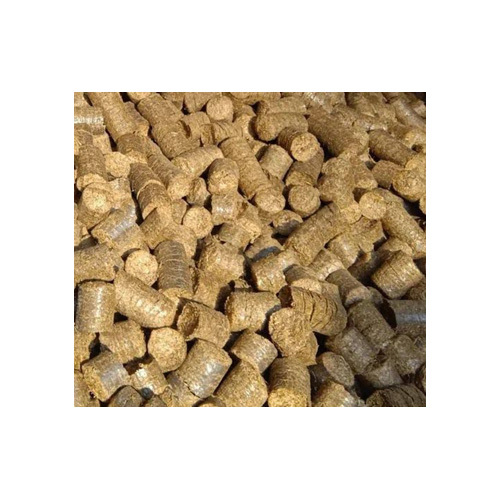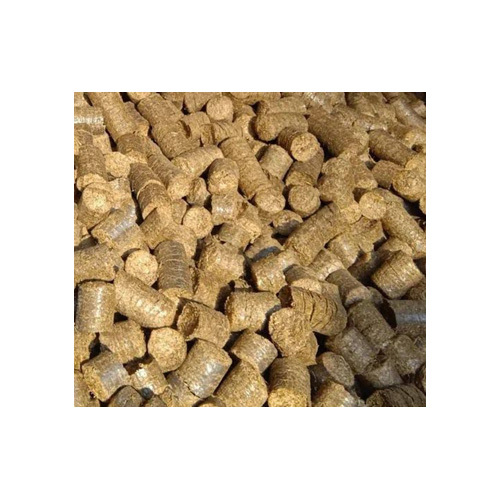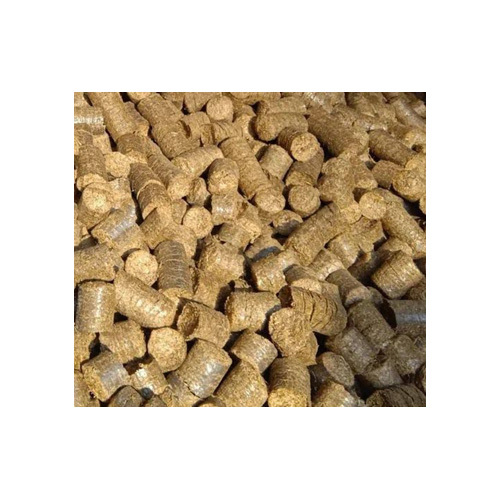90mm Mustard Stalk Briquettes
Product Details:
- Size 90mm
- Gross Calorific Value 3950kcal
- Material Mustard husk
- Shape Cylindrical
- Moisture (%) 5%
- Ash Content (%) <10%
- Click to View more
90mm Mustard Stalk Briquettes Price And Quantity
- 10 Ton
- 11500.0 INR/Ton
90mm Mustard Stalk Briquettes Product Specifications
- Mustard husk
- 90mm
- 3950kcal
- <10%
- Cylindrical
- 5%
90mm Mustard Stalk Briquettes Trade Information
- Cash in Advance (CID)
- 7 Days
- Contact us for information regarding our sample policy
- All India
Product Description
Mustard Stalk Briquettes are high-efficiency biomass fuel made by compressing dried mustard crop stalks into dense 90mm cylindrical briquettes. With an impressive calorific value of 3950 kcal/kg, low moisture (5%), and ash content under 10%, these briquettes are tailored for use in industrial boilers, kilns, and thermal energy systems. At Rs 11.5/kg, they offer a sustainable, coal-replacing energy source that is both cost-effective and eco-conscious.
Product Specifications:
| Parameter | Value |
|---|---|
| Diameter | 90 mm |
| Raw Material | 100% Mustard Crop Stalks |
| Calorific Value | 3950 kcal/kg |
| Moisture Content | 5% |
| Ash Content | <10% |
| Price | Rs 11.5/kg |
| Application | Industrial Boilers, Kilns, Furnaces |
Key Features & Benefits:
-
High Calorific Value (3950 kcal/kg): Comparable to traditional coal in energy output.
-
Agro-Waste Based: Utilizes mustard farming residue, reducing stubble burning.
-
Low Moisture (5%): Ensures fast ignition and consistent combustion.
-
Low Ash (<10%): Cleaner than many other agri-based fuels.
-
Coal Alternative: Works in coal-fired boilers with minimal or no retrofit.
-
Efficient Cost-to-Heat Ratio: Strong value at Rs 11.5/kg for industrial users.
Applications & Use Cases:
-
Industrial Steam Boilers:
Common in textiles, chemicals, food processing, and agro industries. -
Kilns & Furnaces:
Reliable fuel for ceramic, brick, and lime kilns with high heat demands. -
Thermal Energy Units:
Excellent for hot air generators, dryers, and thermic fluid heaters. -
Co-Generation Plants:
Suitable for use in biomass-based or hybrid fuel systems.
Frequently Asked Questions (FAQs)
Q1. What are mustard stalk briquettes made from?
A1. They are made from dried and compressed stalks of the mustard plant after harvesting, with no chemicals or binders.
Q2. Can they replace coal in boilers?
A2. Yes. They are suitable for most solid-fuel industrial boilers and can replace or supplement coal without major modifications.
Q3. How efficient are they compared to other biomass fuels?
A3. Mustard stalk briquettes offer a high energy output (3950 kcal/kg), putting them on par with premium biomass options like rice husk or bagasse briquettes.
Q4. What about ash and residue?
A4. Ash content is under 10%, making cleanup relatively simple compared to other agri-residue fuels.
Q5. Can they be stored long-term?
A5. Yes. They remain stable for 612 months if stored in dry, well-ventilated conditions.
Q6. Do they help reduce pollution?
A6. Absolutely. They reduce the need for fossil fuels and prevent open-field burning of crop residues.

Price:
- 50
- 100
- 200
- 250
- 500
- 1000+






